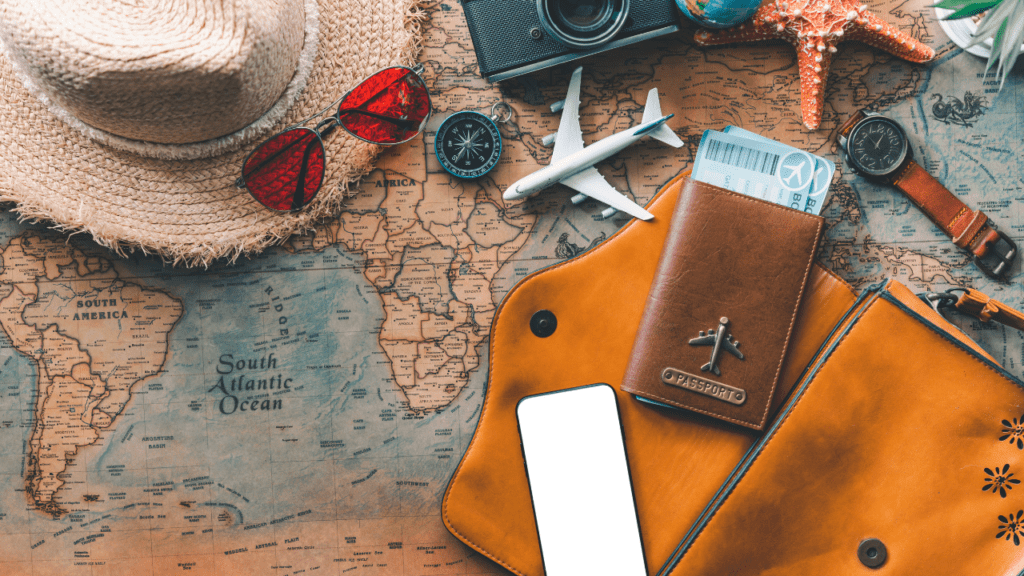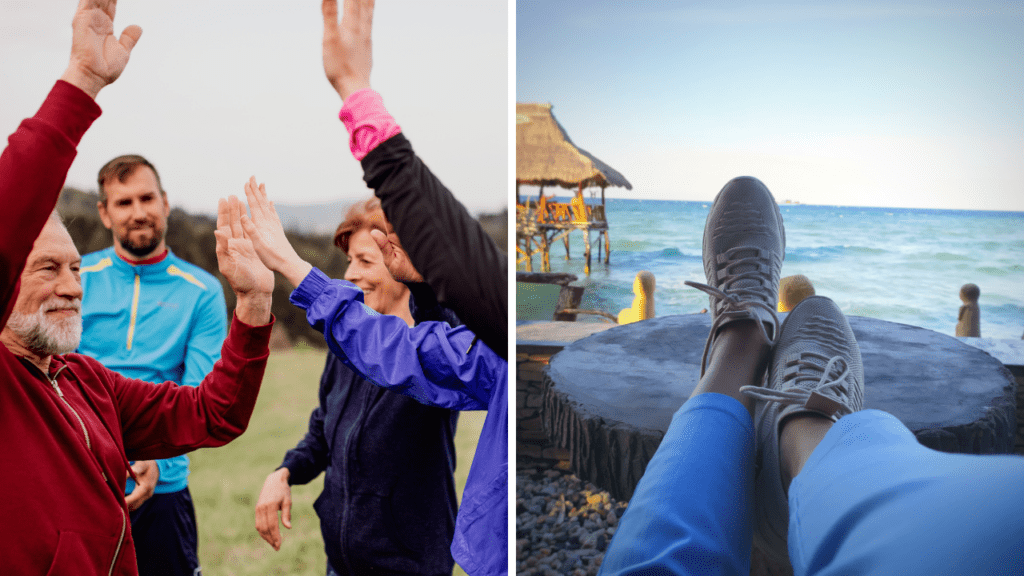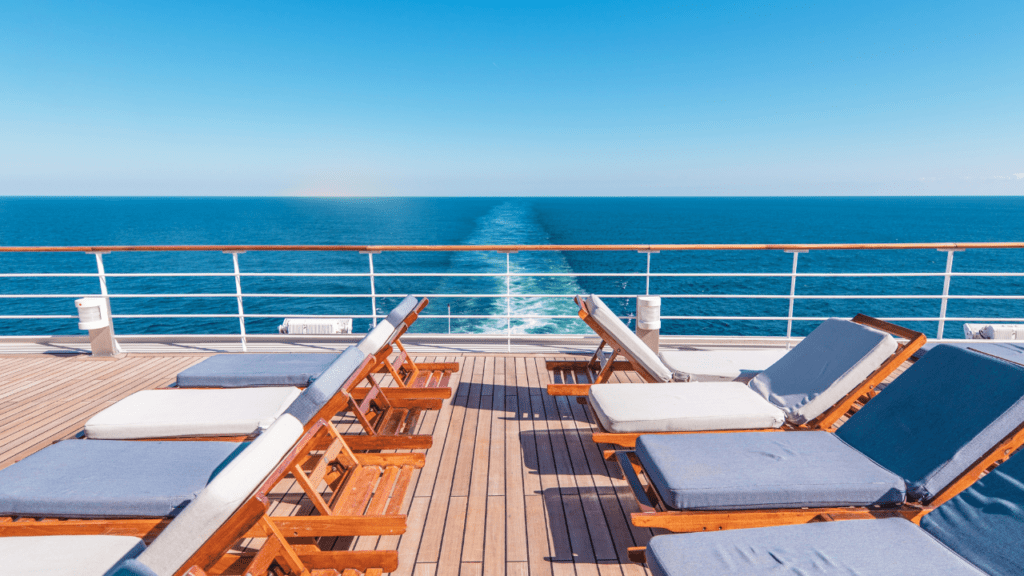
In today’s competitive business landscape, companies are constantly seeking innovative ways to motivate and retain top talent. One strategy that continues to prove its worth is incentive travel. As we look toward the future, several emerging trends are reshaping the landscape of corporate incentives, offering exciting opportunities for businesses to enhance their reward programs.
Key Trends Shaping the Future of Corporate Incentives:
Personalization and Flexibility

Gone are the days of one-size-fits-all incentive trips. Today’s employees, especially the younger generations, crave personalized experiences. This means offering a balance between group activities and individual exploration time. Successful programs incorporate more free time and flexible scheduling, allowing participants to tailor their experience to their preferences.
Dee Dee White, Meeting & Event Planner at Covington Travel, emphasizes the importance of thoughtful program design: “Incentive trip program design is key to providing participants with a memorable and rewarding experience. Employees want time to relax, individualized experiences, and flexibility in their scheduled activities.”
“It’s important to customize the incentive travel by listening to employee suggestions, likes, and dislikes,” says Holly Jackson, Meeting Planner. “This not only keeps employees happy but motivates them to keep meeting their goals so they will be invited to attend in the future.”
Domestic Destinations on the Rise
While exotic international locales have long been the go-to for incentive travel, we’re seeing a surge of interest in domestic destinations. Top preferred destinations include Hawaii, the Western U.S., and the Eastern U.S. This shift may be influenced by factors such as ease of travel and a desire to explore one’s own country.
Christi Ruddy, Department Manager, acknowledges, “Including cultural activities is easier to do in urban locations like Nashville where a group recently enjoyed a Backstage Tour at the Grand Ole Opry, entry to the Country Music Hall of Fame, and dinner on the General Jackson (riverboat cruise).”
The Cruise Comeback

Perhaps one of the most surprising trends is the dramatic increase in interest in incentive cruises. Once at the bottom of the list, cruising has surged to become the third most preferred corporate incentive destination experience, just behind beach/sunshine and adventure travel. Both ocean and river cruises are viewed as highly motivating rewards. Christi explains some of the appeal. “Seeing multiple destinations without unpacking and repacking a suitcase makes cruising an attractive reward for the employee. From the company’s perspective budgeting is easy with all meals and accommodations bundled. Plus, cruise ships have meeting rooms if needed.”
Emphasis on Unique Experiences

Today’s incentive travelers are seeking more than just luxury accommodations. They want unique, memorable experiences that they can’t easily arrange on their own. This includes exclusive culinary activities, cultural immersions, and adventure experiences.
“Attendees want to take part in experiences that are creative and collaborative. Cuisine has become very popular. Specifically, personally tailored tastings like a rum blending experience where you can create something and take it with you are met with enthusiasm.
“Adventure excursions can also be blended with culture. Lunches or dinners centered around the destination’s unique cuisine can be served around the activity. For example, a zip line tour in the rainforest of Costa Rica paired with a traditional Costa Rican lunch prepared and served on location is one of many unique experiences we can curate,” says Lauren Moore, Meeting Planner.
Christi adds, “If budgets permit, activities like ziplining, hot air balloon rides, or box seats at the theatre are wonderful enhancements. An incentive trip should include experiences people wouldn’t have on their own. This is what makes the trip special and memorable. Bonus tip: Hire a photographer to catch all those special moments.”
Extended Stays for Corporate Incentives

Many incentive trip winners choose to extend their stays, either before or after the official program. This trend speaks to the value employees place on these travel opportunities and presents a chance for companies to offer add-on options.
Christi shared some insight into this trend. “In 2024, Covington Meetings & Events customers have booked several luxury resorts including Casa de Campo in the Dominican Republic, The Westin Grand Cayman, Sonesta Ocean Point in St. Maarten, Four Seasons Resort Peninsula Papagayo, Costa Rica, and St. Regis Bahia Beach in Puerto Rico. Due to the travel time needed to get to these locations, we recommend a minimum four-night stay. To truly unwind and disconnect, the trip length should be longer. If a longer group trip is beyond budget, allowing individuals to extend their stay at their own cost is often a popular choice.”
Balancing Group and Individual Experiences
While the appeal of group travel stays strong, there’s a growing preference for a mix of group activities and individual time. As Dee Dee notes, “In the corporate incentives we arrange and facilitate, we’ve found that building flexibility around how people spend their time is important to overall satisfaction. Incentive participants still appreciate the guidance of group travel coordinators and the security that group leaders provide in navigating an unfamiliar destination. But group members also need ample opportunities for finding privacy amid being with their larger group.”
Holly agrees. “Allowing an even distribution of both ‘group time’ and ‘individual free time’ allows attendees to experience the benefits of individual and group travel.”
Wellness Integration

There’s an increasing interest in incorporating wellness activities into incentive programs. This could include spa treatments, yoga classes, or outdoor activities that promote physical and mental well-being.
Christi explains, “Some groups consider spa appointments an activity option and the hosting company pays for them. Other companies make spa appointments available in advance during registration as an optional expense to the traveler. Making reservations in advance allows the guest to select their preferred day and time for their treatment. Waiting until you arrive often results in disappointment as spa appointments may be fully booked.”
Adapting To Corporate Incentive Trends
To be successful corporate incentive programs should adapt to these evolving preferences. These trends suggest that companies should design incentive travel experiences that not only reward top performers, but also inspire, motivate, and retain valuable employees.
Holly confirms, “Millennials (born 1981-1994) currently represent just under 40% of today’s workforce, and by 2030, Gen Z (born 1995-2009) will constitute about 30%. It is encouraging that these groups find that group travel is ‘very’ or ‘extremely’ important. Incentive travel is a key factor motivating employees to meet goals which in turn aids in the company’s profitability.”
At Covington Travel, our Meetings and Events team stays ahead of these trends to help our clients create unforgettable incentive experiences. We understand that a well-designed incentive program can be a powerful tool for driving business success and fostering a positive company culture.
As the landscape of corporate incentives continues to evolve, one thing remains clear: the power of travel as a motivator is stronger than ever. By embracing these trends and working with experienced partners like Covington, businesses can create incentive programs that resonate with their employees and drive lasting results. Contact Covington Meetings & Events to plan your next corporate incentive group trip.






Leave a Reply